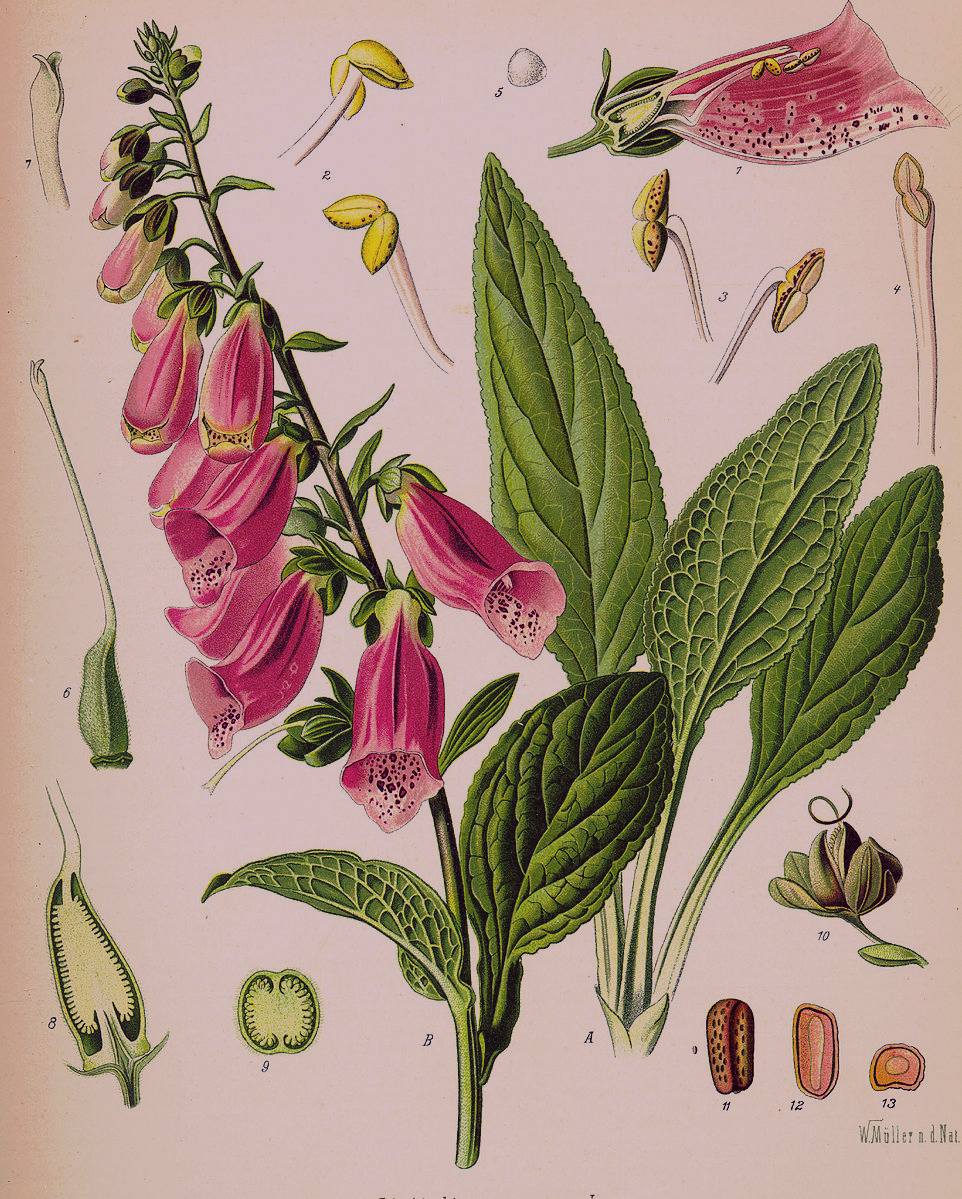
Digitalis Purpurea
Foxglove
How did I get my name? My Dutch name ‘Vingerhoedskruid’ (thimbleweed), like my Latin name, describes my shape.
The little white or purple cups that hang in long rows on my stem are just like little thimbles.
Look – you could fit them over your fingertips perfectly.
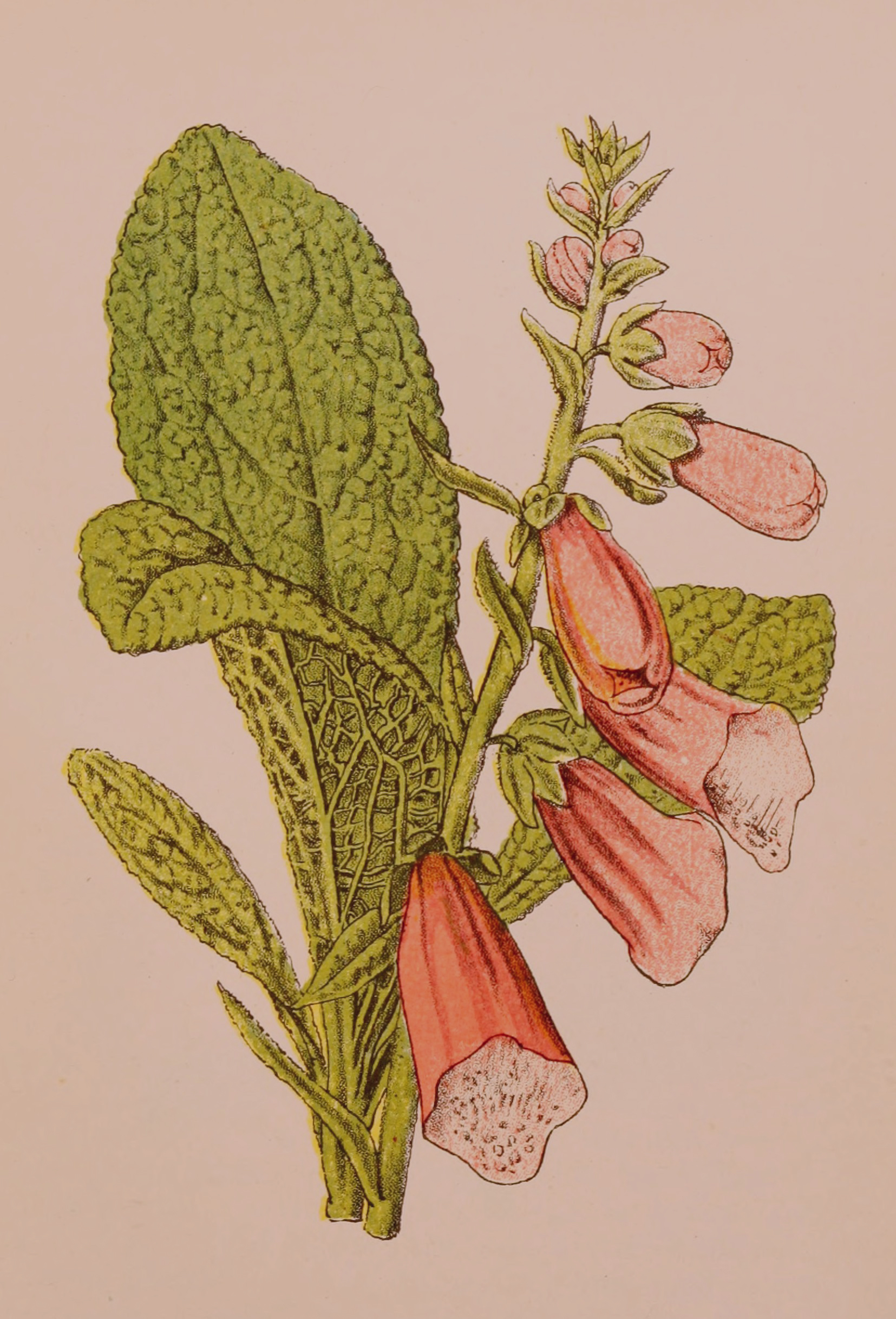
In England they call me ‘foxglove’. People tell all sorts of stories about the origins of that name.
Some think that it comes from ‘folk’s glove’ – a glove for fairy folk.

Others claim that the name comes from a legend in which fairies gave my flowers to foxes, to wear over their paws like socks, so that the chickens in the henhouse wouldn’t hear them coming.

According to yet another story, fairies taught the foxes how to softly ring my flowers, like bells, to warn other foxes of the approach of foxhunters.
Well, as I always say: if the glove fits, wear it…
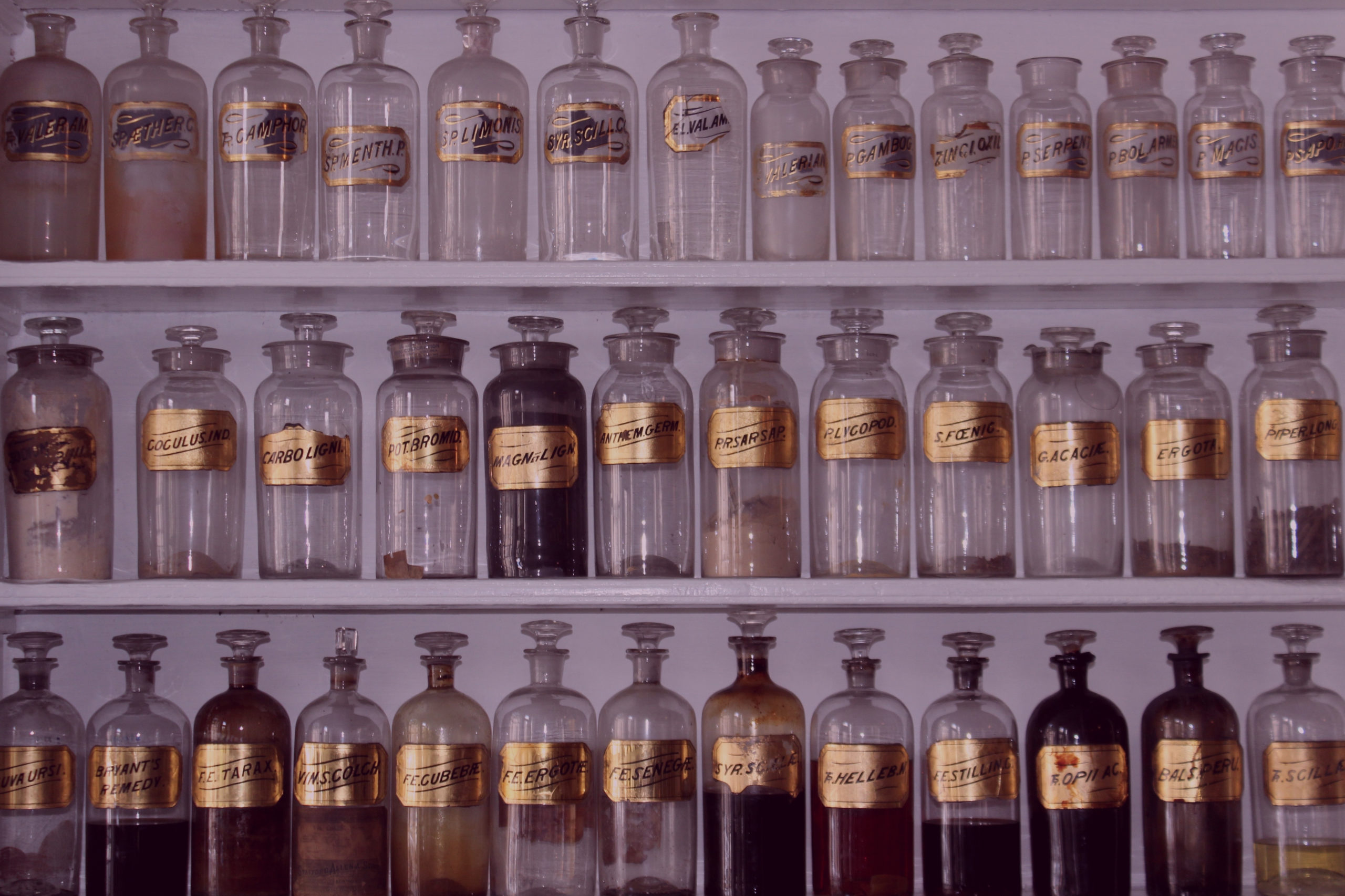
Witches and herb-women have always been crazy about me.
They made potions using dried leaves, or put me in a cream to numb pain, cure diseases, or – and I’m not making this up – to get high.
Sometimes their magic potions seemed to suddenly cure something, so physicians looked into my active ingredients. They discovered digoxin and digitoxin – sugar compounds – in my leaves.
Very toxic substances, but in small amounts they can have a beneficial effect on people with irregular heartbeats and even weak hearts.

But take care! If you use a thimbleful too much you could suffer from dizziness, headache, fatigue, confusion, blurred vision, fits, or in the worst cases, a heart attack.
I may be irresistible, but – don’t eat me!

The English doctor and botanist William Withering discovered me. Withering was one of the founders of pharmacology, the science of medicinal effects.
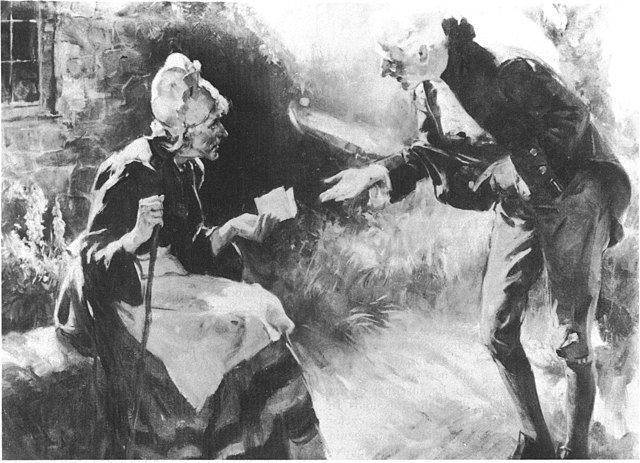
. It is said that one day he met ‘Mother Hutton’, a folk herbalist to whom many people went for treatment for all kinds of ailments.
He watched while she treated someone for oedema, an accumulation of fluid resulting from heart disease, using her patent herbal mixture, and was amazed: it worked!
He begged Mother Hutton to share the recipe, which she did, and he discovered that the active ingredient came from Digitalis purpurea.

After over ten years of research Withering published a report to say that foxglove could indeed be very beneficially used to treat oedema.

It could also, he explained, be used to influence heart contractions and so cure heart disease. I don’t want to brag – but how great am I!

Vincent van Gogh immortalised me in one of his last paintings, Portrait of Dr. Gachet (1890), where we see the doctor who treated the artist in the last, tortured months of his life.
Dr. Gachet sits at a table, resting his head on one hand. He looks worried. Two stems of foxglove stand in a vase on the table in front of him, painted in the whimsically convoluted way that was van Gogh’s hallmark.
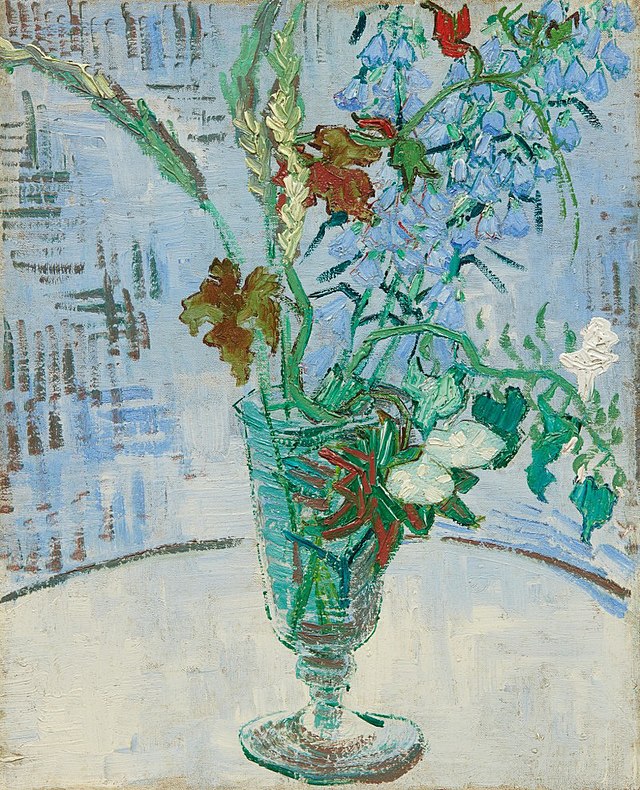
So why am I there? The story has it that Dr. Gachet prescribed foxglove to van Gogh to cure him of his delusions and epileptic fits, and to wean him off unhealthy green absinthe.
Also, in some cases a foxglove-induced intoxication can cause disturbances in sight, in which your vision blurs and – very rarely! – everything looks yellow.

So it might be the case that the fiery yellows in van Gogh’s Starry Night (1889) and Wheatfield with crows (1890) have something to do with an overdose of foxglove.
It’s pure speculation, of course. Others have said it was his strange mind, or a defect in his temporal lobe. And perhaps he just liked the colour.

Murder by poison is as old as time. And plants like me, that are lethal in high concentrations, have often played a leading role in these murders.
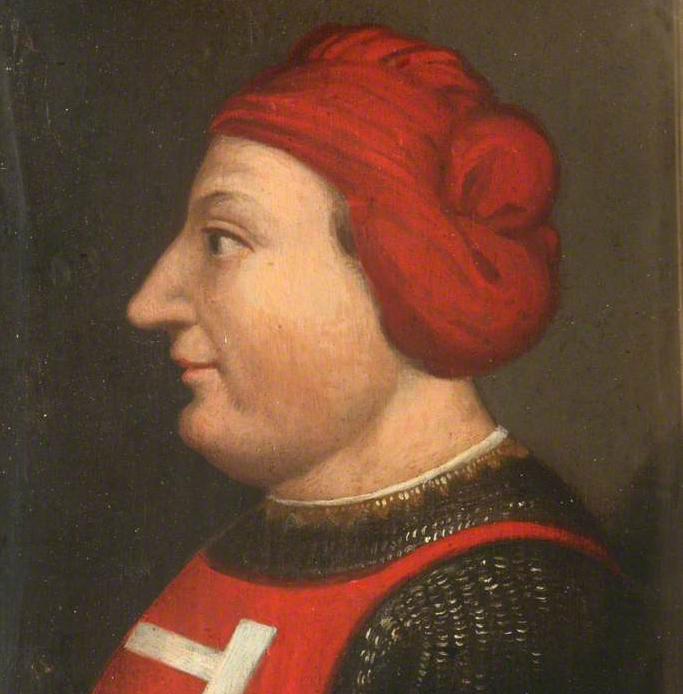
In 1311, for example, Cangrande della Scala, the patron of the poet Dante Alighieri, died mysteriously at the age of 38.
There were immediate rumours he’d been poisoned, and when his body was exhumed in 2004, sure enough deadly concentrations of digoxin and digitoxin were found in his body. Was it an overdose – or murder?
Netflix could make a whole True Crimes series about me.

One of the most famous serial killers in America, Charles ‘the angel of death’ Cullen, had also discovered my toxic side.

Charles was a nurse who worked at several different hospitals and nursing homes in New Jersey and Pennsylvania. He suffered from a psychological disorder and was known for his ‘erratic’ behaviour.

That turned out to be quite the understatement: after his arrest in 2003, the ‘sick nurse’ was held responsible for more than 400 deaths.

And guess what he used to kill most of his victims? Digoxin, or me!



Hi, my name is Foxglove. Do you want to know where my name comes from?
ELSPETH DIEDERIX
DIGITALIS PURPUREA
(VINGERHOEDSKRUID)
2020, 40 X 30 CM
Foxglove
name
Digitalis purpurea
Height
90-150 cm
Flowering time
June-July
Family
Plantaginaceae
name
Digitalis purpurea
Height
90-150 cm
Flowering time
June-July
Family
Plantaginaceae












